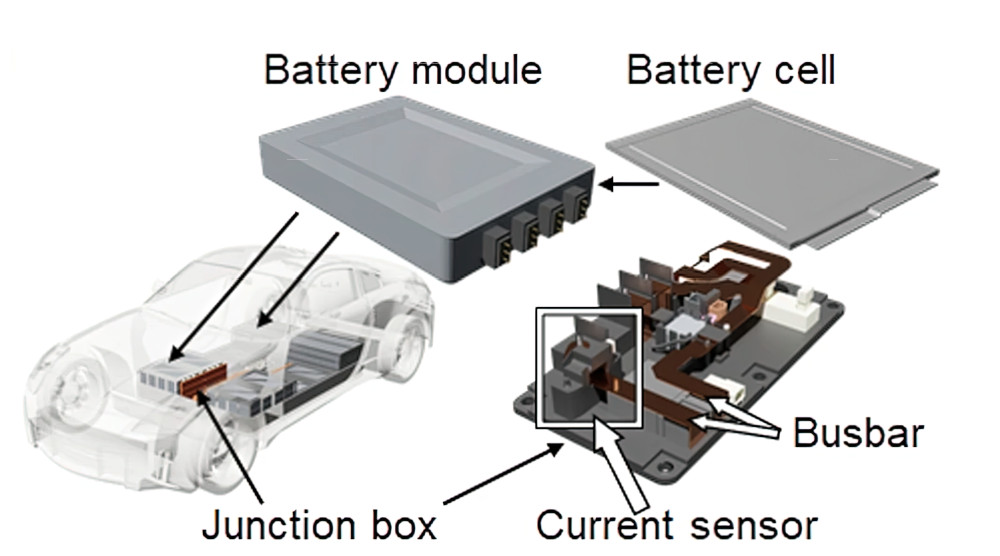Quantum leap for cell current tests

Researchers in Japan have used a quantum sensor with a wide dynamic range and high sensitivity to measure the current in a battery pack more accurately than traditional techniques (writes Nick Flaherty).
The team, from Department of Electrical and Electronic Engineering at the Tokyo Institute of Technology, took a quantum sensor built from artificial diamond and used microwaves to excite the nitrogen vacancies in the diamond to pick up minute changes in the current.
The design uses two sensors to gives differential detection of the current to eliminate in-vehicle common-mode environmental noise.
The battery current of EVs can reach a maximum of several hundred amps, while the average current is only about 10 A, and ordinary sensors do not have an accuracy of several tens of milliamps while maintaining a dynamic range of several hundred amps.
That means the state of charge has to be estimated, generally with an ambiguity of about 10%, which makes the battery usage inefficient. This reduces a vehicle’s effective range.
The researchers attached a prototype monitor with a 1 GHz analogue digital mixed signal controller to the busbar of a battery pack to trace the magnetic resonance microwave frequencies in the quantum sensors. The monitor measured the current from a battery module current up to 130 A with an accuracy of 10 mA using a standard driving pattern.
Despite the sensitivity, the monitor can operate accurately over an operating temperature range of − 40 to + 85 ºC with a maximum current dynamic range of ±1000 A.
ONLINE PARTNERS































